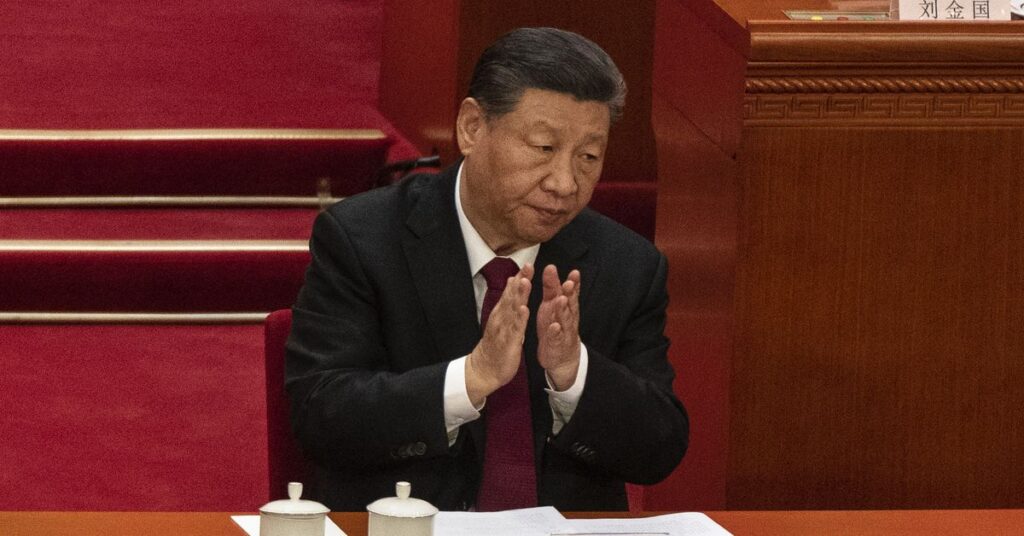The Chinese government outlined on Monday its plan to boost the country’s sluggish economic growth, but experts say it fell short of the kind of transformative strategy necessary to fix the country’s debt and consumer confidence crises.
China has enjoyed miraculous economic expansion for the past few decades, solidifying itself as a global power and building an emergent middle class. It achieved that growth through a blend of the governing regime’s Communist principles and a strategic embrace of the free market, creating a novel form of state-guided capitalism that ushered in a new era of economic prosperity.
Recent economic stagnation, however, has called this model into question, forcing the Chinese government to reconsider its approach.
During the annual meeting of the National People’s Congress, Chinese Premier Li Qiang set a new benchmark for economic growth in the next year: a 5 percent increase in its gross domestic product. That target is “relatively ambitious given China’s current economic difficulties,” said Neil Thomas, a fellow on Chinese politics at the Asia Society Policy Institute’s Center for China Analysis.
But the setting of this ambitious goal isn’t being accompanied by “ambitious reforms to change China’s growth trajectory,” Thomas added. The International Monetary Fund has projected that China will just miss the 5 percent target in 2024, estimating only 4.6 percent in GDP growth, which the IMF then expects to decline to 3.5 percent by 2028.
Though China has relied for years on domestic investment to prop up growth, those investments are no longer sufficient to sustain economic growth at levels the country’s leaders find acceptable. Its economy has become weighed down by spiraling government and commercial debt, a ticking time bomb that finance experts fear could have reverberating effects across the global economy. That, in turn, is fueling economic unease internally, dampening consumer spending as well as…
Read the full article here





